1. Which flagpole is the tallest in the country?
The flagpole at Long An International Port is currently the tallest in Indochina with a height of 63m. The flagpole was built in 2023 using steel pipes. The height of 63m at that time symbolized 63 provinces and cities across the country.
2. What does the flag on the 54m2 flagpole symbolize?
- 54 ethnic groups0%
- 54 mountains0%
- 54 years of history0%
The flag on the 54m2 flagpole represents 54 ethnic groups. This is a symbol of national unity in Vietnam, sovereignty and patriotism.
3. How many meters high is the Hanoi flagpole (m)?
- More than 20m0%
- More than 33m0%
- More than 35m0%
Hanoi Flag Tower is located on Dien Bien Phu Street, built in 1805 and completed in 1812 under the Nguyen Dynasty.
The building consists of three floors and a column body, covered with solid bricks, bearing ancient military architecture.
The first floor is 42.5m long, 3.1m high, with two brick stairs to the second floor.
The second floor is 27m long and 3.7m high, with four doors: the East door is inscribed with "Nghenh Huc" (welcoming the morning light), the West door is inscribed with "Hoi Quang" (reflecting light), the South door is inscribed with "Huong Minh" (facing the light), the North door has no words.
The third floor is 12.8m long and 5.1m high, with a door to a 54-step spiral staircase leading to the top of the column.
The column body is 18.2m high, octagonal cylindrical, with 39 light holes. The top is an octagonal tower 3.3m high, with eight windows, and in the middle is an 8m high flagpole.
So from the foot to the flagpole, the flagpole is 33.4m high.
The building has a total height of 41.4m. Hanoi Flag Tower is a historical and proud symbol of Hanoi Capital.
4. Lung Cu flagpole is located on which mountain top?
- Dragon Mountain Peak0%
- Tay Con Linh0%
- Ma Pi Leng Pass0%
Lung Cu flagpole is located on top of Dragon Mountain (Long Son).
According to Vietnam News Agency , this construction dates back to the Ly Dynasty, when Grand Marshal Ly Thuong Kiet marched to defend the border and planted a flag to assert sovereignty on top of Dragon Mountain.
During the Tay Son period, King Quang Trung ordered the establishment of guard posts and set up bronze drums to beat every watch as an affirmation that heaven and earth were guarded.
In 1887, the French colonialists and the Qing Dynasty plotted to cut off Lung Cu land, but before the resilient spirit of the people, that sacred land still proudly belonged to Vietnam.
In 1978, Lung Cu People's Armed Police Station (now Lung Cu Border Guard Station) erected the first flagpole made of 12m high sa moc tree, hanging a 1.2m² wide flag.
In 2000, Ha Giang province built a solid concrete flagpole, and in 2010 the structure was completely restored, 34.85m high, modeled after the Hanoi Flagpole.
On top of the pole, the 54m² red flag with yellow star - symbolizing 54 ethnic groups - flutters in the deep blue sky, like a powerful declaration of an independent, unified and eternal Vietnam.
Lung Cu National Flagpole not only marks the sacred northernmost point but is also an immortal symbol of sovereignty, patriotism and the will to preserve every sacred inch of the Fatherland.
5. Hue Flag Tower was built under which king?
- Gia Long0%
- Minh Mang0%
- Thieu Tri0%
Hue Flag Tower was built in the 6th year of Gia Long (1807), located in the center of the South side of the Citadel, in the Nam Chanh fortress area. The structure consists of two parts: the flag tower and the flagpole.
The flagpole has three overlapping rectangular pyramidal floors, about 17.5m high in total. Each floor has a surrounding railing, the floor is paved with Bat Trang tiles, the entrance to the top floor opens to the North. On the top of the ancient tower, there were two watchtowers and an artillery workshop with cannons to protect the citadel.
The original flagpole was made of wood, nearly 30m high; in the 6th year of Thieu Tri (1846), it was replaced by a wooden pole over 32m long. In the 16th year of Thanh Thai (1904), the flagpole was broken by a big storm, then replaced by a cast iron pipe. In 1947, during the French reoccupation of Hue, the pole was damaged by artillery fire again. In 1948, a 37m high reinforced concrete flagpole was built and remains intact to this day.
Source: https://vietnamnet.vn/cot-co-nao-cao-nhat-viet-nam-2457616.html


![[Photo] The Third Patriotic Emulation Congress of the Central Internal Affairs Commission](https://vphoto.vietnam.vn/thumb/1200x675/vietnam/resource/IMAGE/2025/10/30/1761831176178_dh-thi-dua-yeu-nuoc-5076-2710-jpg.webp)
![[Photo] National Assembly Chairman Tran Thanh Man receives foreign ambassadors who came to say goodbye](https://vphoto.vietnam.vn/thumb/1200x675/vietnam/resource/IMAGE/2025/10/30/1761820977744_ndo_br_1-jpg.webp)
![[Photo] General Secretary To Lam meets former British Prime Minister Tony Blair](https://vphoto.vietnam.vn/thumb/1200x675/vietnam/resource/IMAGE/2025/10/30/1761821573624_tbt-tl1-jpg.webp)
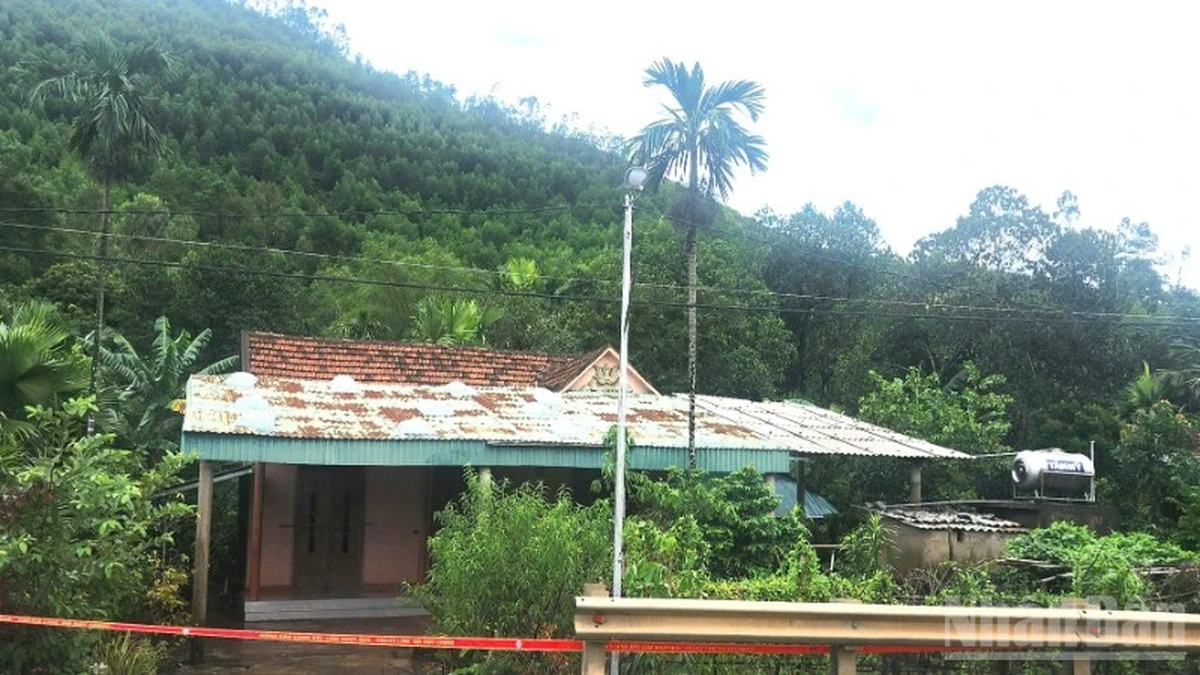
![[Photo] Touching scene of thousands of people saving the embankment from the raging water](https://vphoto.vietnam.vn/thumb/1200x675/vietnam/resource/IMAGE/2025/10/30/1761825173837_ndo_br_ho-de-3-jpg.webp)
![[Photo] General Secretary To Lam attends the Vietnam-UK High-Level Economic Conference](https://vphoto.vietnam.vn/thumb/1200x675/vietnam/resource/IMAGE/2025/10/30/1761825773922_anh-1-3371-jpg.webp)

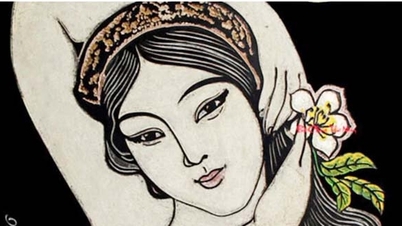
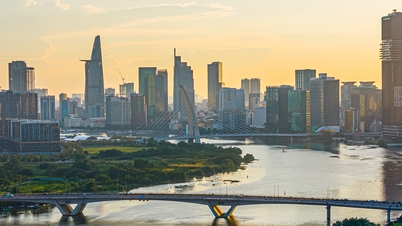
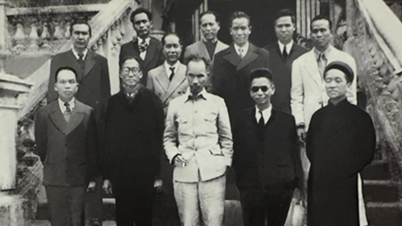
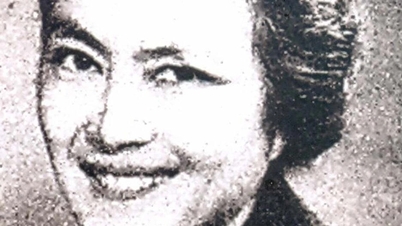

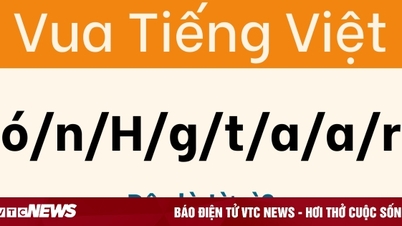





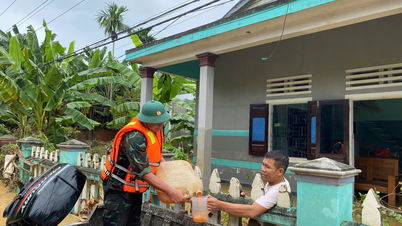








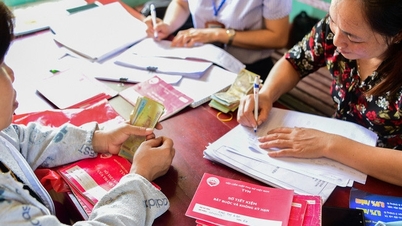









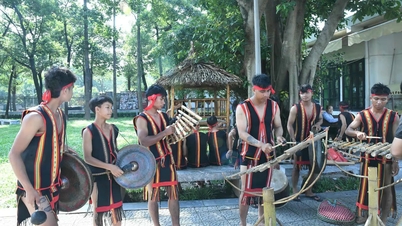



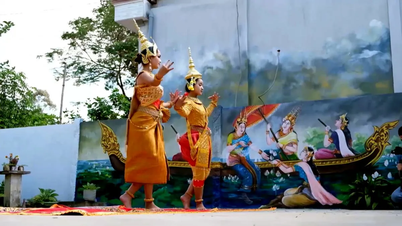





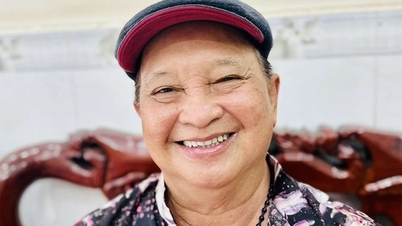






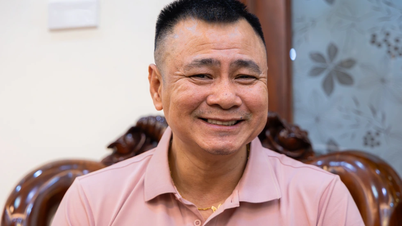




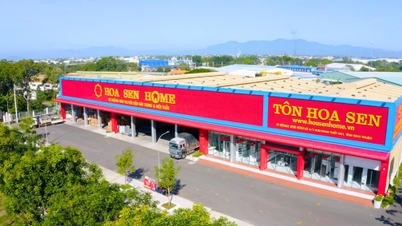









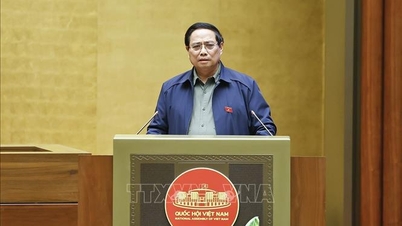


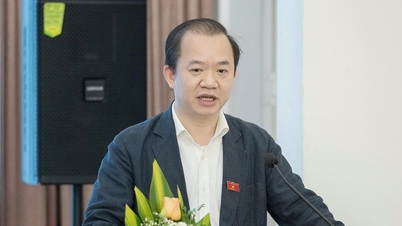










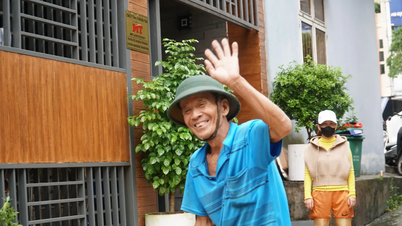

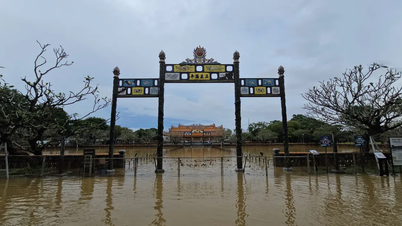



















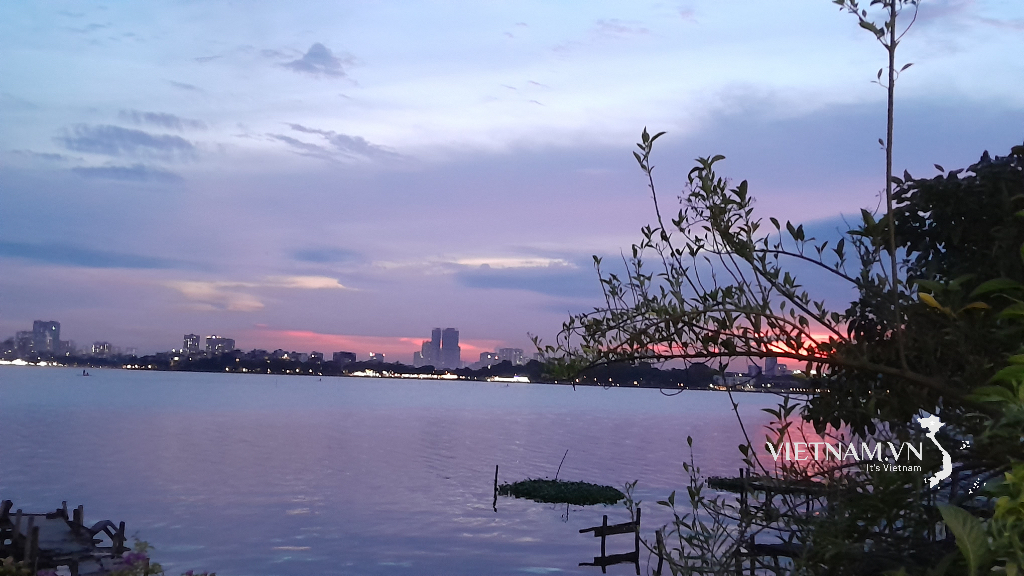


Comment (0)